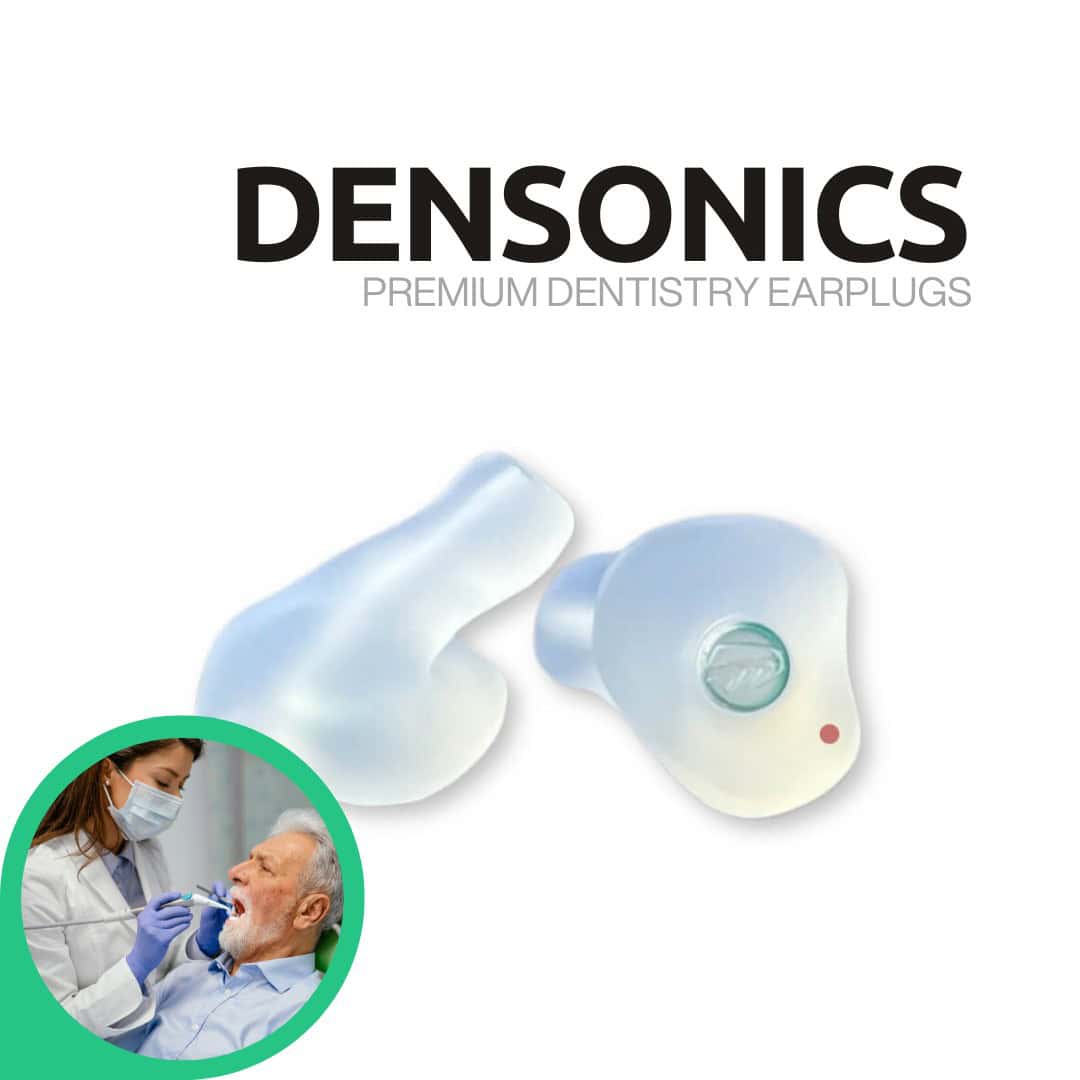
New Research Indicates Audiologist-Fitted Hearing Aids Yield Superior Results Compared to OTC Devices
A groundbreaking clinical trial is changing perceptions of hearing care among Americans. Appearing in JAMA Otolaryngology–Head & Neck Surgery, the research shows that although over-the-counter (OTC) hearing aids provide significant advantages, conventional audiologist-fitted devices achieve notably better outcomes—especially for adults with mild to moderate hearing loss.
Carried out by investigators from the University of Iowa and Vanderbilt University Medical Center, the randomized trial monitored 245 older adults over a seven-week timeframe, assessing the effects of various hearing aid delivery models and technology levels. The findings emphasize the importance of professional hearing services while questioning the efficiency of high-priced devices and hybrid support options.
Hearing Loss: An Escalating Public Health Concern
With around 44 million American adults currently facing hearing loss and projections indicating this number could increase to 74 million by 2060, hearing health is becoming an urgent public issue. The 2022 FDA approval of OTC hearing aids aimed to enhance accessibility and lower costs, yet ambiguities regarding the effectiveness of these devices persisted—until now.
Professional Services Surpass Alternative Hearing Aid Delivery Models
The research examined three care models:
– AUD: Complete audiologist services with hearing aids fitted through best practices
– OTC+: A hybrid model where audiologists offered limited guidance for OTC devices
– OTC: Completely self-directed use of OTC devices without professional assistance
As stated by the study’s lead investigator, Dr. Yu-Hsiang Wu, participants in the AUD category consistently reported improved results on the Glasgow Hearing Aid Benefit Profile (GHABP), a verified tool assessing hearing aid benefit, lingering disability, and usage.
Another crucial measure was hearing aid usage. Participants in the audiologist-fitted group were:
– 3.25 times more likely to use their devices “all the time” in comparison to the OTC+ group
– 2.51 times more likely compared to the strictly OTC group
Interestingly, the OTC+ model showed no statistically significant advantage over the self-directed OTC model—implying that minimal professional support does not substantially improve outcomes.
Premium Pricing Lacks Practical Benefit
One of the most unexpected discoveries came from analyzing technology levels. Participants received either:
– High-end hearing aids (approximately $4,400 per pair), or
– Basic hearing aids (approximately $1,100 per pair)
Despite these price variations, researchers found no significant differences in outcomes. High-end devices with advanced features did not outshine basic models across multiple criteria including speech perception, listening effort, and user satisfaction.
This revelation directly challenges prevailing industry pricing models, which often rely on claims of higher-end product superiority.
Key Insights for Consumers and Providers
This pivotal study provides valuable insights for consumers facing hearing loss challenges:
– Audiologist fittings yield the best hearing aid performance and user satisfaction.
– OTC models can offer substantial advantages, particularly for individuals unable to access or afford professional services.
– Limited professional involvement (as seen with OTC+) does not provide additional value over purely self-service models.
– Higher-end hearing aids do not deliver statistically better results than basic devices—raising questions about the justification of their premium pricing.
– All three models enhanced participants’ communication abilities and alleviated hearing-related difficulties.
Why Are Audiologist-Fitted Devices More Effective?
The answer lies in accuracy, customization, and context. Audiologist-led fittings encompass comprehensive services such as:
– Customized hearing evaluations
– Real-ear measurements to adjust device output to the individual’s ear canal and hearing profile
– Personalized counseling and training on device utilization and hearing strategies
These processes likely enhance user satisfaction, efficacy, and consistent device use—resulting in improved overall outcomes.
Nevertheless, the positive takeaway for budget-minded consumers is that OTC hearing aids remain effective. Satisfaction ratings for OTC-only participants approached 4 on a 5-point scale, reflecting general approval of these more affordable options.
Looking Forward: A New Chapter for Hearing Healthcare?
As hearing aid regulations and technologies advance, the study invites critical reflections:
– Is it possible to make professional-grade hearing care more widely available without sacrificing outcomes?
– Should manufacturers reconsider the pricing of high-end devices that provide no additional benefits for many users?
– How can public health initiatives better inform consumers regarding the compromises between costs, support, and technology?
The study highlights a crucial tension: access versus optimization. While conventional audiologist services yield optimal outcomes, they may not be affordable or practical for all. Conversely, OTC devices enhance access—though with somewhat lower overall satisfaction and effectiveness.
Study Limitations
It’s important to acknowledge several limitations:
– Researchers utilized simulated OTC hearing aids, which may not fully represent the diverse array of devices currently available in the marketplace.
– Participants did not choose their preferred care model; random assignment might not accurately reflect real-world behaviors and preferences.
Despite these limitations, the study